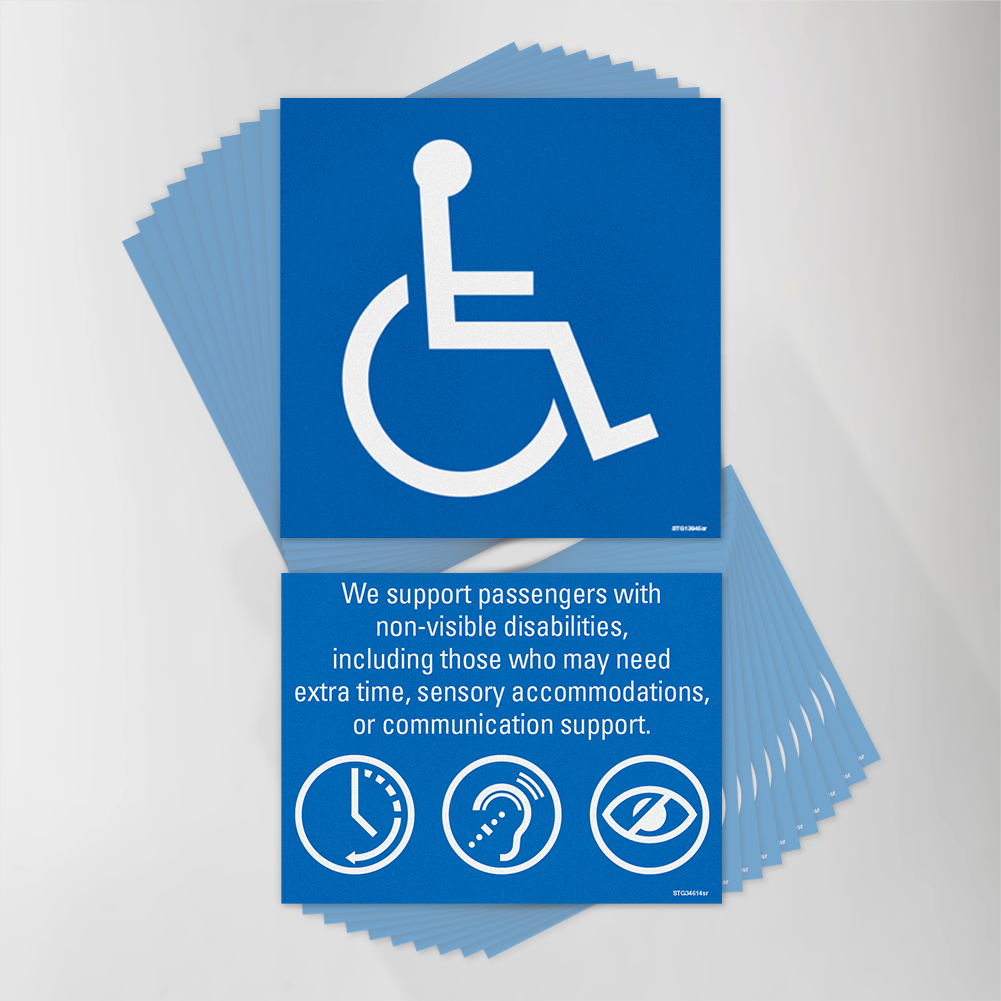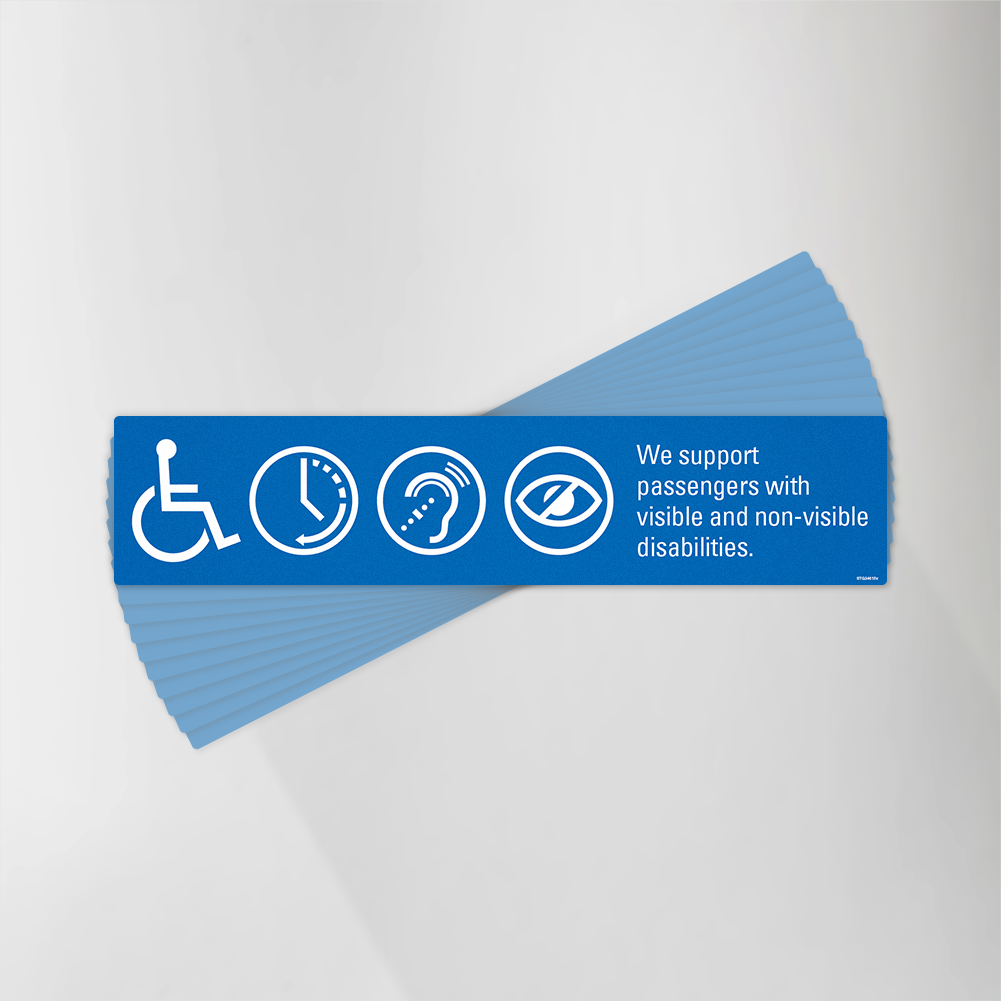Transit Agencies Are Supporting More Passengers with Non-Visible Disability Decals
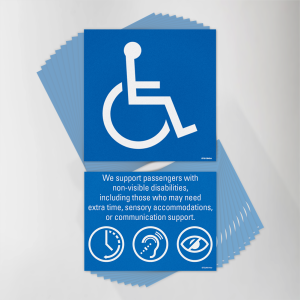
Many transit agencies are already well-versed in ADA compliance. Standard wheelchair-accessible logos and marked entryways are second nature. However, there’s an emerging opportunity to go deeper, to signal support for riders whose disabilities may not be immediately apparent. Title VI and ADA require not just equal access, but thoughtful inclusion. That’s why we’ve introduced our new non-visible disability decal kit, designed to complement your existing ADA signage and provide a tangible way to include more riders while reinforcing your commitment to dignity and safe, respectful service.
Understanding Title VI and ADA Compliance
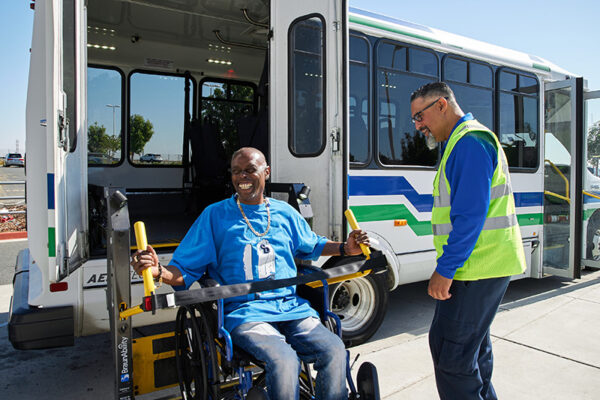
Under Title VI of the Civil Rights Act, transit authorities must avoid discrimination based on race, color, or national origin, including in ADA-backed services like complementary paratransit under Title II. The ADA itself protects individuals with physical or mental disabilities that substantially limit major life activities. That includes everything from mobility and vision to chronic illnesses, PTSD, autism, and anxiety, which are conditions that may not be immediately observable but impact the travel experience.
You likely already use ADA decals to signal wheelchair access and guarantee legally required accommodations. With the launch of our new non‑visible disability decals, agencies can take that commitment a step further by signaling explicitly that their system is aware of and prepared for riders who need sensory-friendly environments, communication support, extra time, or other tailored accommodations.
What Do Non‑Visible Disability Decals Represent?

Invisible, or non‑visible, disabilities span a wide range of conditions, including autism spectrum disorders, chronic pain, mental health conditions like depression or PTSD, sensory processing differences, epilepsy, diabetes, or traumatic brain injury. While traditional ADA signage highlights mobility-related access, non‑visible disability decals help passengers who don’t need a ramp yet still benefit from visual cues, staff awareness, calm boarding zones, or more patience.
These decals serve multiple purposes: they inform operators that extra care or flexibility may be required, reassure riders that the agency is well-trained and attentive, and subtly educate the public to be kind and considerate toward all fellow passengers.
Design That Matters
We designed this decal kit with both clarity and durability in mind. The exterior graphics are printed on reflective, overlaminate vinyl, sized to match standard ADA decals, and engineered to remain legible under low-light conditions. This is complemented by our robust STG Vigor™ adhesive, ensuring long-term performance and maintaining the integrity of fleet graphics despite wear and daily elements.
For your core ADA and Title VI signage, we offer custom options, including alternate text phrasing, unique brand-matching color palettes, and layouts that complement your vehicle’s interior.
Inviting More People onto Public Transit

Transit is first and foremost about people. Daily, buses and trains transport riders to work, school, medical appointments, family gatherings, and sometimes through their most vulnerable moments. By visibly acknowledging a broad spectrum of needs, you do more than check compliance boxes. You affirm the worth and inclusion of every passenger, visible or not.
Visible signage like this isn’t just for riders. It alerts operators to what they should be aware of. This legitimizes requests for extra time or accommodations. And it invites all passengers to be part of a respectful system where they know riders are looked out for.
Bringing It All Together
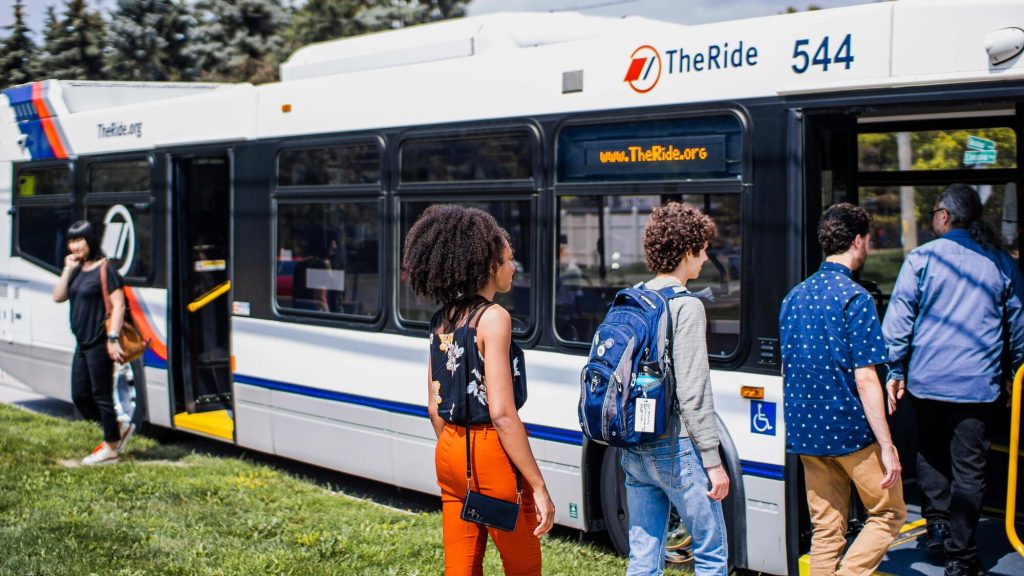
With our new non‑visible disability decal kit and customization options, Seifert Transit Graphics supports transit agencies in going beyond basic compliance and becoming proactive towards inviting more passengers on board and more regularly. These decals strengthen organizational culture, enhance passenger dignity, and demonstrate message alignment with ADA and Title VI commitments. Quite simply, it signals that your staff has been trained to guide the needs and emergencies of everyday passengers, and goes one step beyond only doing a job.
Are you interested in adding non‑visible disability decals to your fleet? Our customer development team is ready to help.
Contact us today to explore options, plan placement on current or future fleet vehicles, or receive a custom decal mock-up that matches your agency’s brand and values.

